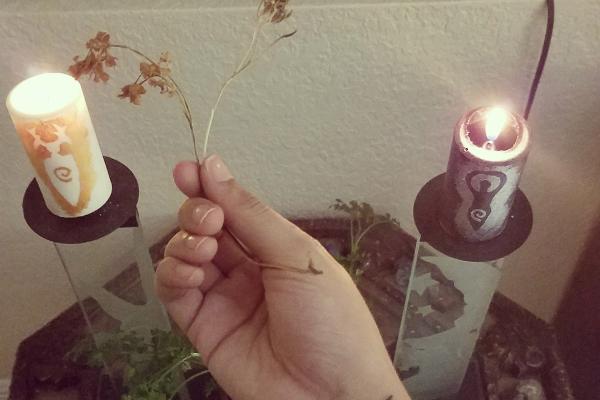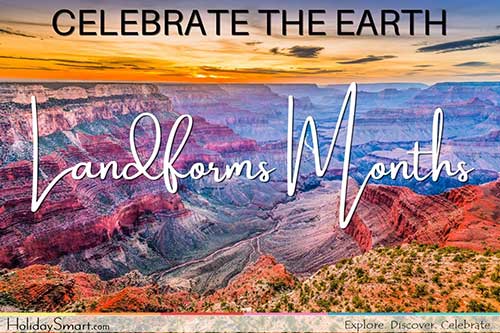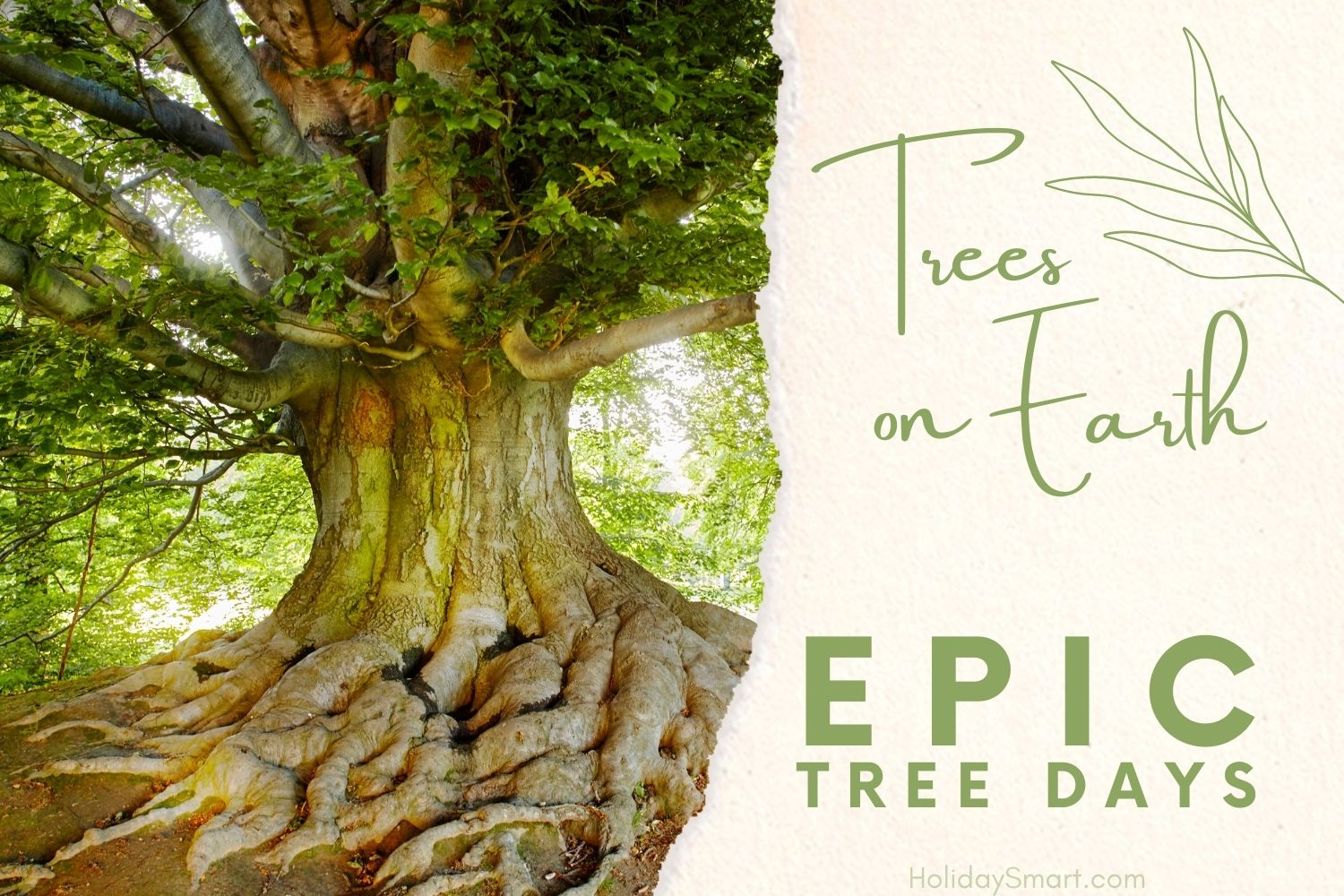Wicca, Paganism
Wicca is a modern pagan, witchcraft, and nature-based belief system that emerged in the mid-20th century. It draws inspiration from various folk traditions, occult practices, and pre-Christian beliefs. Wicca is a diverse and decentralized religion, so beliefs and practices can vary among practitioners, but there are some common elements that are generally associated with Wiccan beliefs.
Wicca places a strong emphasis on nature and the cycles of the natural world. Many rituals and celebrations are tied to the changing seasons, such as the solstices and equinoxes, and involve the worship of nature in its various forms. The Threefold Law is a belief that the energy one puts out into the world, whether through actions or magic, will return to them threefold. It serves as a cautionary principle to promote positive actions and intentions.
Wiccans often believe in a variety of deities, with a primary focus on Nature and a Goddess and God, representing the feminine and masculine aspects of divinity. These deities may have different names and attributes, such as Mother Earth and Father Sky, and some Wiccans may choose to work with specific pantheons from various cultures.
The Wiccan Rede is a moral guideline that many Wiccans follow. It states, "An it harm none, do what ye will," emphasizing the importance of ethical behavior and the avoidance of harming others. Some Wiccans believe in the concept of reincarnation, where the soul is reborn into a new body after death. Others hold various beliefs about the afterlife, which can differ among traditions and individuals.
Wiccans often incorporate magical practices, spells, and rituals into their religious observance. Magic is seen as a way to influence personal growth, healing, and the world around them. Wiccans may create sacred spaces, such as altars, for rituals and spellwork. These spaces are often adorned with symbols, tools, and offerings to honor the deities and spirits they work with.
Wicca Holidays
Wiccans celebrate a series of eight festivals known as "Sabbats" throughout the year. These Sabbats are based on the cycles of nature, the seasons, and the movements of the sun and moon. Wiccans typically gather to mark these occasions with rituals and celebrations. The eight Wiccan Sabbats are divided into two categories: the "Greater Sabbats" and the "Lesser Sabbats," also known as the "Wheel of the Year." Many Wiccans also celebrate Esbats, which are monthly lunar observances that align with the phases of the moon.
Greater Sabbats
-
Samhain (pronounced "sow-in"): Celebrated on October 31st, Samhain marks the end of the harvest season and the beginning of winter. It is considered the Wiccan New Year and a time when the veil between the physical world and the spiritual realm is believed to be thin. Samhain is associated with honoring ancestors and departed loved ones.
-
Imbolc (pronounced "im-bulk"): Imbolc, observed on February 1st or 2nd, celebrates the first signs of spring and the growing strength of the sun. It is a time of purification, renewal, and the anticipation of the coming season.
-
Beltane (pronounced "bell-tane"): Beltane, celebrated on May 1st, marks the beginning of summer and is associated with fertility, love, and the union of the God and Goddess. It often includes maypole dancing and other joyful festivities.
-
Lughnasadh (pronounced "loo-nuh-suh"): Lughnasadh, observed on August 1st or 2nd, marks the first harvest and the ripening of grains. It is a time to give thanks for the bounty of the Earth and honor the Celtic god Lugh.
Lesser Sabbats (Quarter Days)
-
Yule: Yule, celebrated on the winter solstice (usually around December 21st), is the longest night of the year and the turning point when days start to grow longer. Wiccans celebrate the rebirth of the Sun God during this time.
-
Ostara: Ostara, observed on the vernal equinox (around March 20th or 21st), is a celebration of the arrival of spring. It represents the balance between light and darkness and the awakening of nature.
-
Midsummer (Litha): Midsummer, celebrated on the summer solstice (around June 20th or 21st), marks the longest day of the year and the peak of the Sun God's power. It is a time for outdoor celebrations, bonfires, and honoring the sun.
-
Mabon: Mabon, observed on the autumnal equinox (around September 21st or 22nd), represents the second harvest and the balance between light and darkness. It is a time to give thanks for the fruits of the harvest and to prepare for the colder months.
Esbats
Esbats are considered a time for focusing on the energy and influence of the moon and for conducting magical workings, spells, and rituals that are specifically attuned to lunar cycles. Esbats occur roughly once a month and correspond to the phases of the moon. There are usually 13 full moons in a year, so there are 13 Esbats in total.







